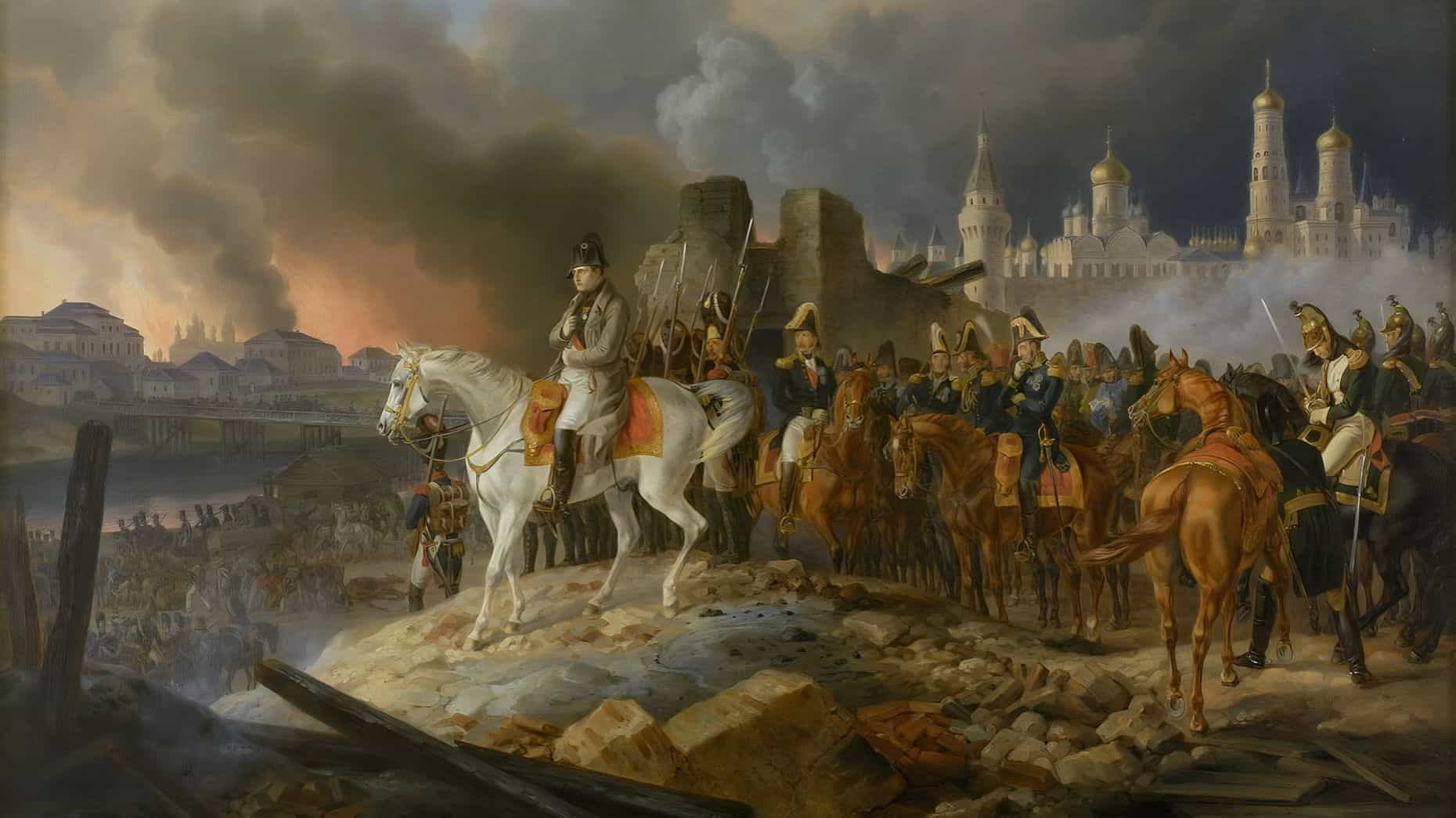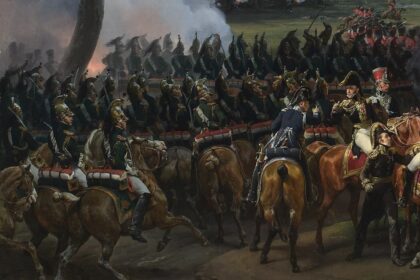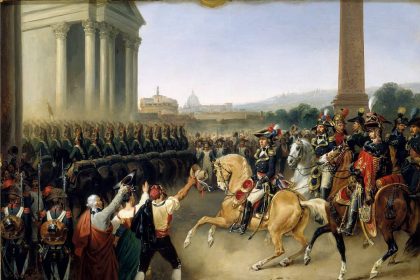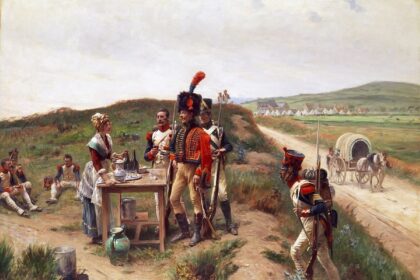Supply levels, hostile activity, and, to a lesser extent, road conditions, all played a role in the pace at which the forces advanced. With rest days and major engagements factored in, the average daily speed of the French army’s march to Moscow was a little over 10 kilometers. The distance that the battling forces of French invasion of Russia (known in Russian historiography as the Patriotic War of 1812) had to traverse was unparalleled. While the Russian army was able to start the war on its soil, the troops of Napoleon’s Grand Army had a far longer journey to make before they could assemble in the Grand Duchy of Warsaw and Prussia.

In the second half of 1810, the French Emperor began planning a new expedition against Russia. However, the first few months were dedicated to preparations for the coming Great Army, with the majority of the recruits still residing in the German and Italian nations, France, and Spain. In the spring of 1812, army movements became more frequent. Sergeant Burgon of the Imperial Guard wrote in his memoirs that in March the regiment he was a part of, which had been stationed at Almeida, Portugal, got orders to move toward the Niemen River and cross it on June 25.
Their unit took nearly three months to travel 3,000 kilometers at an average speed of 30 kilometers per day. However, this is more of an outlier than the rule, as other units did not go so rapidly or over so little distance. Examples include the Grand Army’s First Corps, which was organized in the middle of 1811 on the Elbe and arrived at the frontiers in early June 1812. Of the Great Army’s entire strength of some 680,000 men, around 450,000 were tasked with crossing the Russian border along a front that was around 500 kilometers wide sometime in late June or early July.
Supply and communication problems faced by the Grand Army
The pace at which a military force marched was determined by a number of factors, including the territorial control of the force in question and the make-up of the unit’s corps, detachment, or division. The availability of food and forage in the regions the troops traversed was a significant constraint. Different types of troops sometimes moved at different speeds and in different groups because they had different food needs.
After the campaign had begun, the Great Army’s progress was largely determined by the Russian army’s movements. When feasible, soldiers sought to forage and gather food locally. Soldiers on the front lines had to rely only on supplies that could be acquired in the seized territory since supply carts carrying food for troops and horses as well as military supplies could not keep up with the advanced forces.
The continual need to keep an eye on the adversary meant that they had little time for gathering supplies and foraging. Occasionally, the leading units would do forced marches of up to 60 kilometers, but this pace could never be maintained.
The troops needed to rest after just a couple of such quick marches, and the enemy would not allow them to keep up such a pace indefinitely. Multiple skirmishes could take place in a single day. On August 14, for example, General Dmitry Neverovsky’s detachment in Krasny, near Smolensk, had a 20-kilometer retreat, constantly fighting with the enemy, who, despite numerical superiority, were unable to overturn the Russian soldiers.
Reserves could be moved at a more or less consistent rate behind French lines. From the frontier to Smolensk, where it met the main troops of the Emperor, Marshal Victor’s corps advanced at a rate of 25 to 30 kilometers per day.
The couriers carrying imperial communications traveled far more quickly, covering the distance between Moscow and Paris in 14 or 15 days thanks to a well-organized system of relays. On the other hand, in Russia, replacement messengers were only needed every 30–40 kilometers, and in Western Europe, every 170 kilometers. Napoleon Bonaparte‘s decision to abandon the troops after the Berezina campaign required him to travel roughly 2,500 kilometers back to Paris in just 15 days.
Bibliography:
- Dominic Lieven, Russia Against Napoleon: The True Story of the Campaigns of War and Peace, 2011.
- Nikolai Promyslov. (2014). The image of Russia in French public opinion, 1811-12. Kritika.






